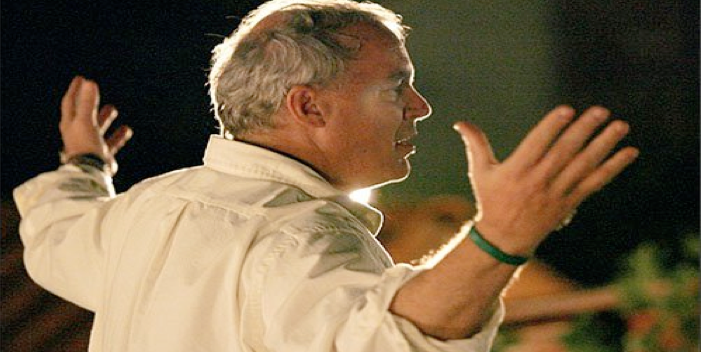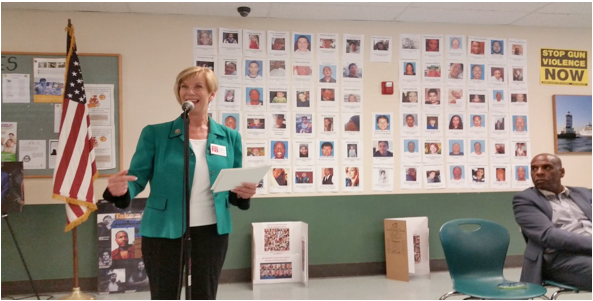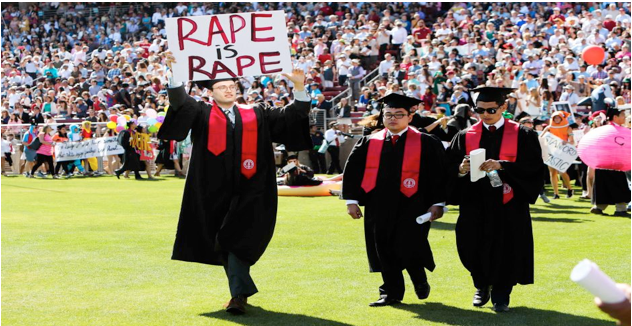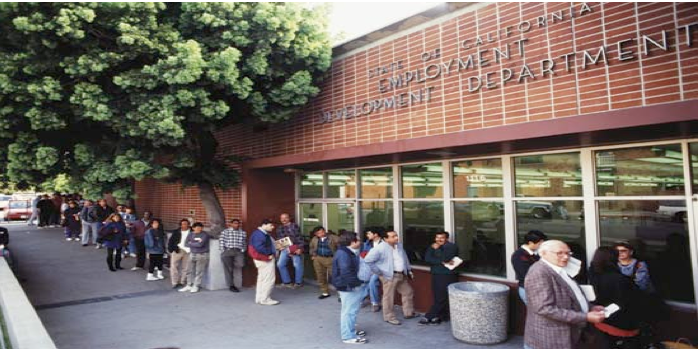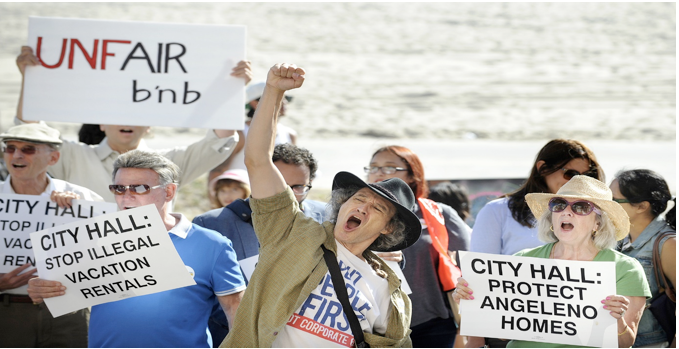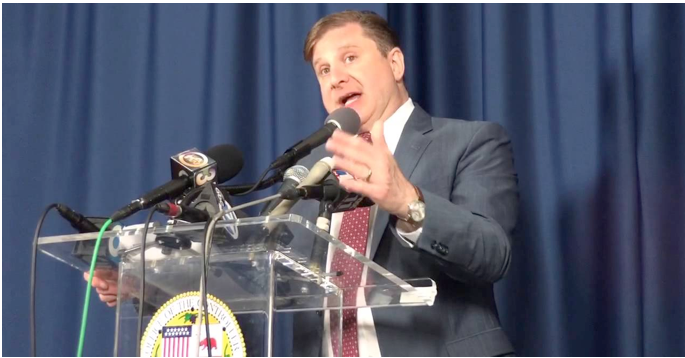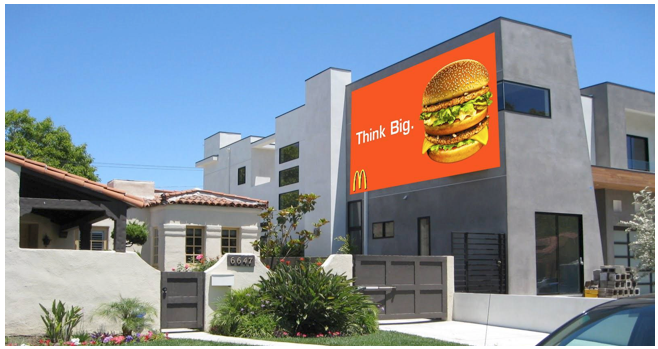ALPERN AT LARGE--"Well, Doctor, what have we got--a Republic or a Monarchy?"
"A Republic, if you can keep it."
--Benjamin Franklin, at the close of the Constitutional Convention of 1787, in response to a woman asking Dr Franklin this question at the close of the Constitutional Convention of 1787, as per the notes of Dr James McHenry, one of Maryland's delegates to the Convention.
Too many of us in our "modern, enlightened era" (the quotes are there because we're becoming less modern, and certainly less enlightened) have too little knowledge of our nation's history, and know too little of the difference is between a Republic and a Democracy, of the Separation of Powers, and just basic Civics to understand the extraordinary responsibility Benjamin Franklin was talking about.
Our Democratic Republic is NOT for the entitled, and it is not for the cowardly...
...and here's another critical quote from Dr. Franklin:
"Those who would give up essential Liberty, to purchase a little temporary Safety, deserve neither Liberty nor Safety."
In other words, our nation, "the home of the Brave and land of the Free", is NOT for sissies, and NOT for those looking for OTHERS to take care of THEM.
1) And on that note, let me APOLOGIZE for an expression I used before in a recent CityWatch article.
I used the word "civil service mentality" to describe some of the more customer-unfriendly, honesty-challenged, and both contemptible and passenger-contemptuous individuals at United Airlines, and that expression should have been "entitled". So while United Airlines IS by far too often an entitled and customer-unresponsive entity, our dedicated City workers are, by and large, NOT.
I am, as I have stated on numerous occasions, the proud son of a retired former engineer who worked for the City of Los Angeles Dept of Sanitation and Refuse. Many of the current efficiencies and modern sanitation practices of our City are due to his efforts, and I grew up living a more modest lifestyle than most of my neighbors because of his fixed income.
So I would like to give a shout-out and call for respect to my neighbors and friends working for Council members, at the LADOT, Department of Public Works, and elsewhere. Their income is overall much much lower, and with much less upside income potential, than many of their private sector counterparts.
Most of them deserve a raise. Like our armed forces, they preserve and defend what we all take for granted.
2) So let's throw the blame where it belongs ... with City management.
Remember...brains AND courage? That means when you ignore the small businesses of Los Angeles, and ignore all the rules of economics, and not only raise the minimum wage but jack it up to the point where businesses will either similarly jack up their prices or bolt outside the City limits, it's neither brains nor courage to do that sort of thing.
Congrats to winning over the voters and activists who understandably are infuriated about income inequality, but I just hope that Mayor Garcetti and the City Council are able to "man up" if and when their business-unfriendly policies catch up with them ...AND MAKE INCOME INEQUALITY WORSE!!!
Because just about EVERYONE wants upside income potential to go UP, and for the average Angeleno to thrive, but pandering to feel-good policies that threaten the economic future of the middle-class just for some short-term publicity is neither Free nor Brave, and it's exactly the sort of thing that our nation shucked off when we chose to give up our Monarchy and become a Republic.
Raising the minimum wage? Great. Doing so to a level that small businesses were screaming? Not so great.
Most importantly, diverting Angelenos from the horrific mismanagement in the City by smacking around small business owners makes short-term political sense, but only so far as the citizenry remains blind and uneducated as to what long-term damage our Downtown leaders have done.
That government-by-fiat approach over businesses is what Socialism is all about. Yes...Socialism.
And for those who are enamored by that form of government, just take a look at the crime, food lines, and civic unrest of Venezuela, which once had a growing and modernizing economy.
Because Socialism is about the most efficient way to make income inequality WORSE, not better ... but enough uneducated individuals will feel "empowered" all the way down to Economic Hell".
To Mayor Garcetti and the City Council: perhaps if you REALLY want to help the middle class and small businesses, you'll find a way to make utility costs cheaper, and to really, really, REALLY take on the LA Department of Water and Power, which again keeps slipping into controversy and blatant mismanagement at the expense of City residents and businesses.
3) Democracies, and Democratic Republics, are supposed to be messy and argumentative--but it keeps tyranny from taking over.
There's a reason why CityWatch has so many things to raise up. We have heroes like City Controller Ron Galperin, who continues to uncover more mismanagement and downright corruption in how our City spends its taxpayer monies.
There are also heroes like CD11 City Councilmember Mike Bonin, who works side by side with City workers to restore the credibility gap left in the wake of the Hahn and Villaraigosa eras, but who also calls out corruption and bad City policies whenever he sees them arise.
Yet, overall, we still have a two-tiered society--the empowered and the unempowered. We have our empowered City leaders, and those unempowered volunteer activists and Neighborhood Council leaders who don't get paid in anything but heartache and indigestion while they "dare" to promote accountability and transparency in the way public money is spent, and how the economy is promoted.
Do we have enough meetings (like, for example, the county Metro agency does for its rail, road and other projects) in the evenings when it comes to City Planning and other critical issues...or do we just stack the deck so that paid lobbyists and hired guns can overrun the City Chambers while the citizenry is hard at work feeding their families?
How long are we going to endure rising taxes for this, that, and any other diversion the City Council can come up with rather than demanding the City live within its means, focus on basic City services, and not treat the public's money like it belonged personally to the Mayor and City Council?
It's good to have an Olympics, but will Angelenos get rewarded by having their sidewalks fixed within 7-10 years, and not an insulting 30 years?
We've paid and paid and paid. That whole "taxation without representation" thing is going on today as much as it did under King George III, and just because we don't have an institutional monarchy doesn't mean Downtown too often doesn't understand that our taxes and fees is NOT their money.
Ultimately, it's up to each and every one of us. We can either fight for another round of City reform (such as the Neighborhood Integrity Initiative, which comes out next year, and demands reasonable City Planning policies consistent with City Bylaws and Environmental Law be adhered to), move out of the City whenever we can...or just live with bad government like the lower life forms we've gotten used to being.
Do we, as American citizens, recognize that brains and courage have ALWAYS been needed, and ALWAYS will be needed, to fight for a fair and representative Democracy that empowers and truly, TRULY takes care of its citizens?
Or will we just give in to the siren's song of decrying those who do raise these issues as "crazy" or "unrealistic"?
(Ken Alpern is a Westside Village Zone Director and Board member of the Mar Vista Community Council (MVCC), previously co-chaired its Planning and Outreach Committees, and currently is Co-Chair of its MVCC Transportation/Infrastructure Committee. He is co-chair of the CD11Transportation Advisory Committee and chairs the nonprofit Transit Coalition, and can be reached at [email protected]. He also co-chairs the grassroots Friends of the Green Line at www.fogl.us. The views expressed in this article are solely those of Mr. Alpern.)
-cw

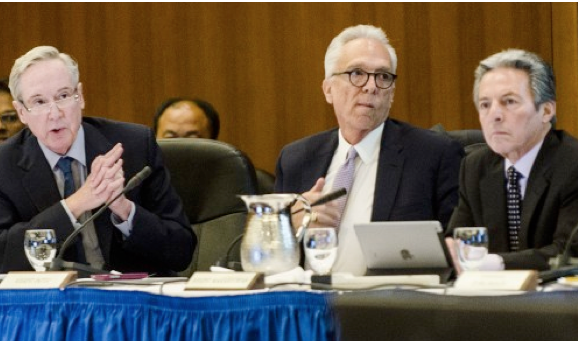



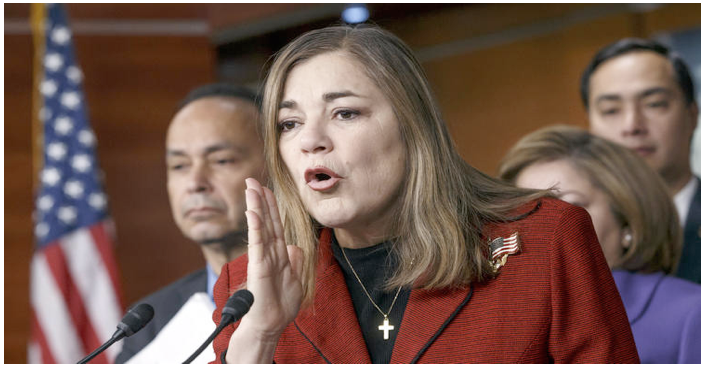
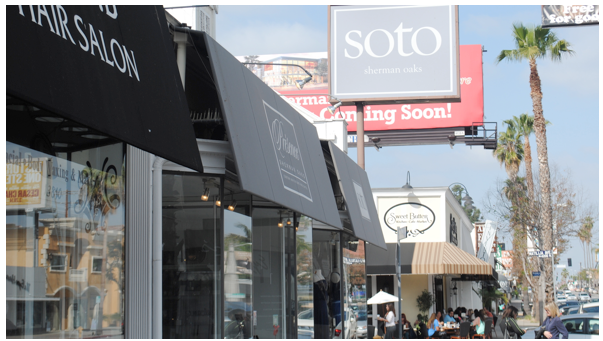
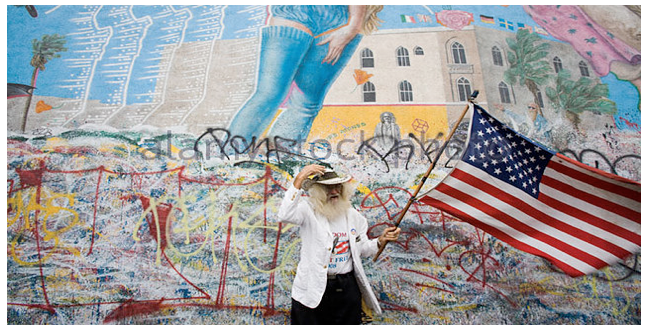


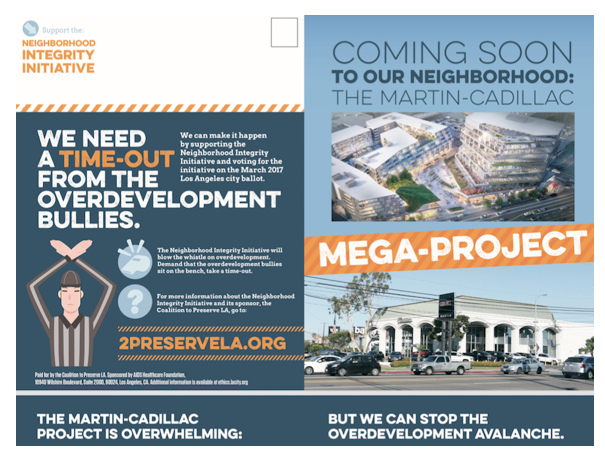

 Body cameras are one of the tools that Los Angeles police use to surveil residents, according to the Stop LAPD Spying Coalition.
Body cameras are one of the tools that Los Angeles police use to surveil residents, according to the Stop LAPD Spying Coalition.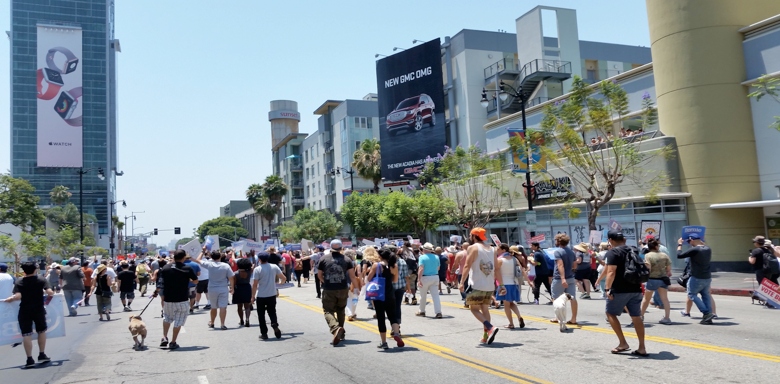

 This is not the first time a pet has suffered in Pooch’s care. Last year a 13-pound French Bull dog, “Boggs” was mauled to death by another dog. Since the death of Boggs, new owners have taken over.
This is not the first time a pet has suffered in Pooch’s care. Last year a 13-pound French Bull dog, “Boggs” was mauled to death by another dog. Since the death of Boggs, new owners have taken over.